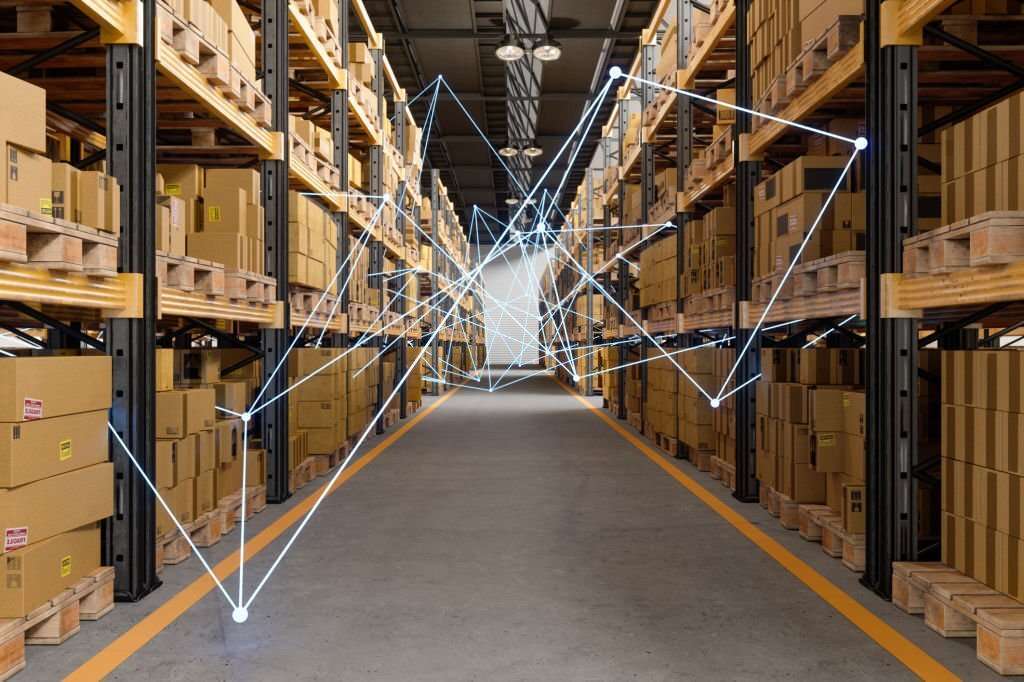Delight your visitors with an automated
end-to-end check-in flow.
Over 10 years we help companies reach their financial and branding goals. Engitech is a values-driven technology agency dedicated.
411 University St, Seattle, USA
+1 -800-456-478-23

Our client is a listed corporation that is part of a global multi-category consumer goods business.
Its purpose is to build A Better Tomorrow by reducing the health impact of its business as its principal focus area
Daily Deliveries
Employees
Market Cap
As part of its regular business process review and improvement strategies, the Security and Risk Management department noted that while Visitor Management Processes were adequately automated by the VMS in Place, several associated records and Processes continued to be done and recorded manually. Some of the Record included, Invoice Registers, Outbound Mails and Parcels, Inbound letters, Environmental Health and Safety Compliance Registers among others. Key Gaps it sought to address included;
1. Process Inefficiencies – While Visitor Management processes were automated, collection of additional records were done manually, this led to process inefficiencies and delays leading to poor user and customer experiences
2. Data Management Gaps – Errors and lapses in manual processes such as poor record keeping and data mismanagement was costly to the business and created higher risks
3. Poor Visibility – The company had poor visibility on the records collected and kept at the entry points (there was no real time view of number of records kept at any given time)
4. Data and Analytics Gaps – The client lost opportunities to leverage on data and analytics to improve its quality of services for its employees, customers and suppliers.
We implemented a major change to the visitor management system. With the upgrade, the VMS could now be used to register and record additional customer defined data sets and Workflows as defined by the client. Allowing the client to define the data sets and forms meant that the platform would be flexible enough to meet current and future data requirements of the client without the needed to engage us for additional engineering efforts.
Key Elements of the platform included the following key components